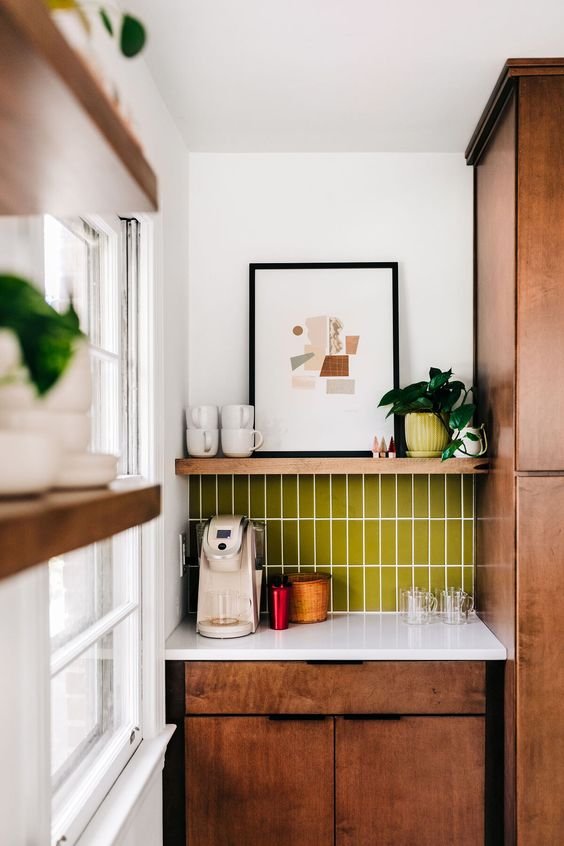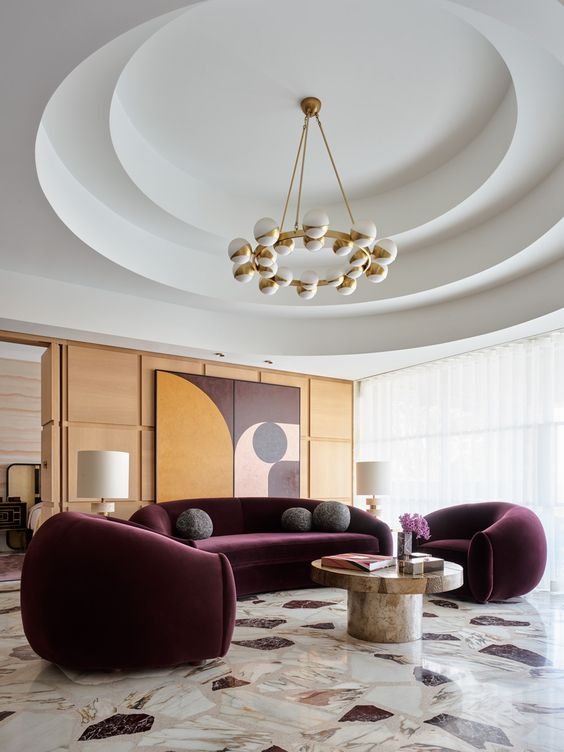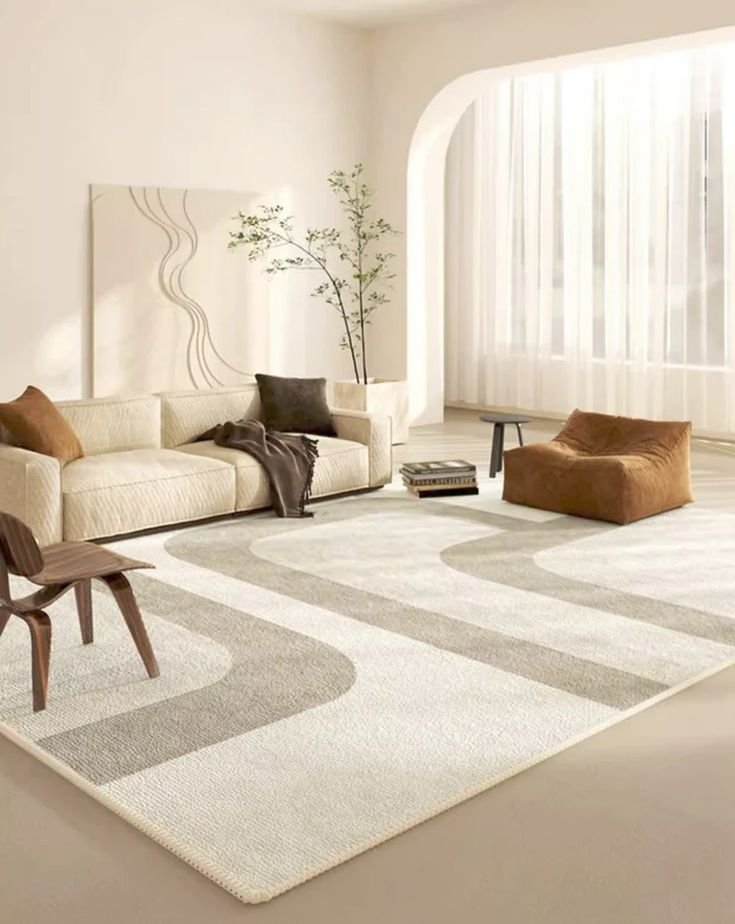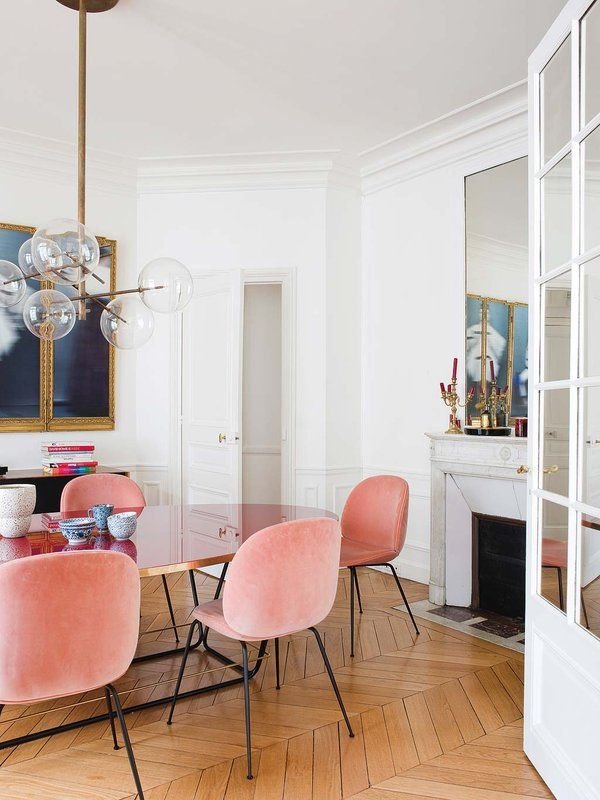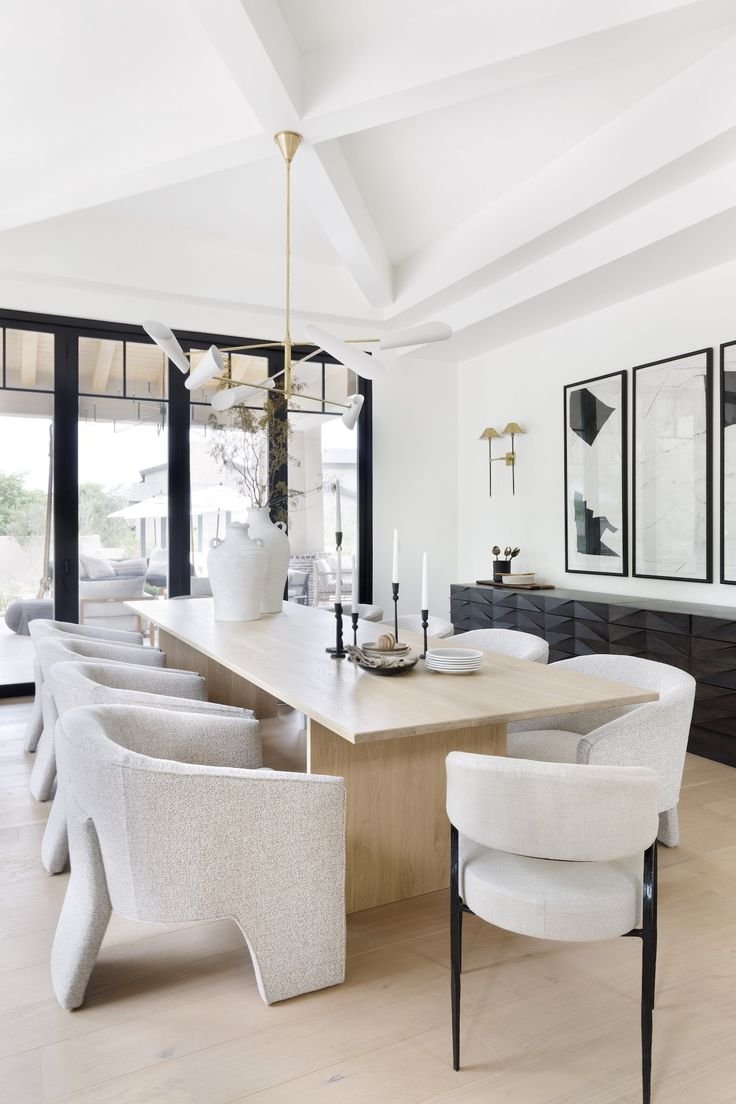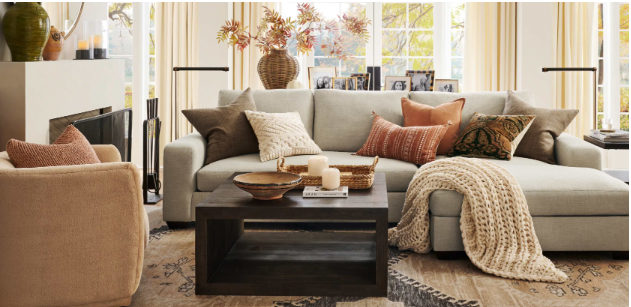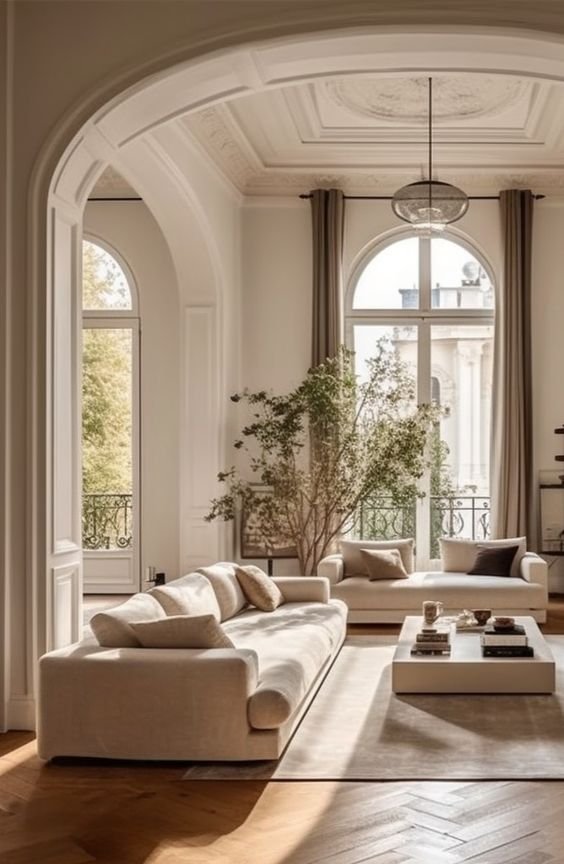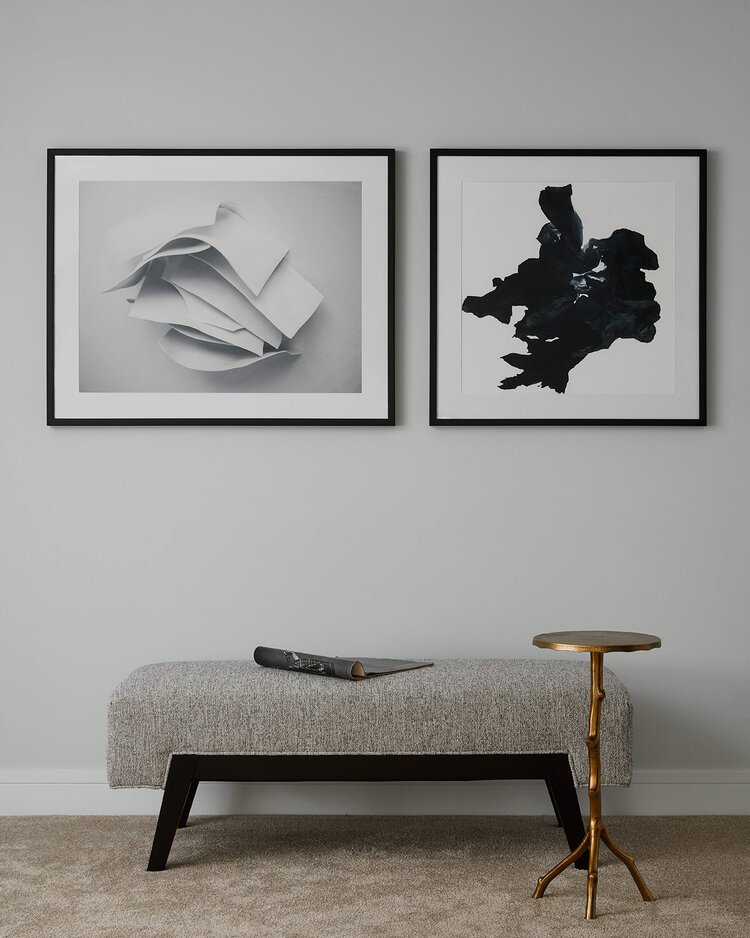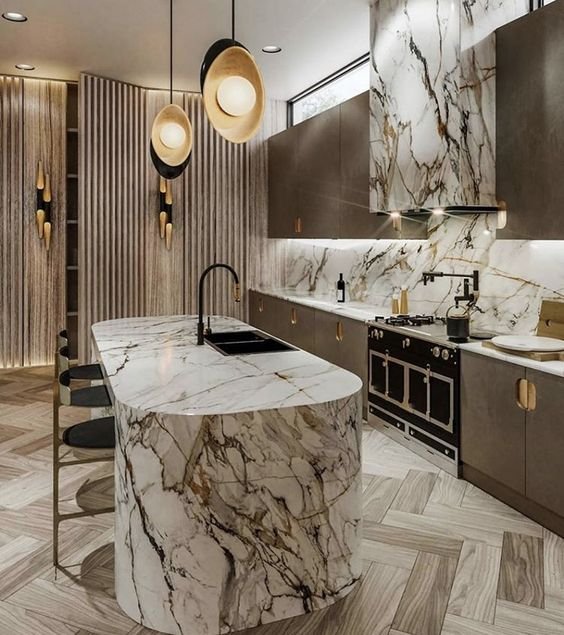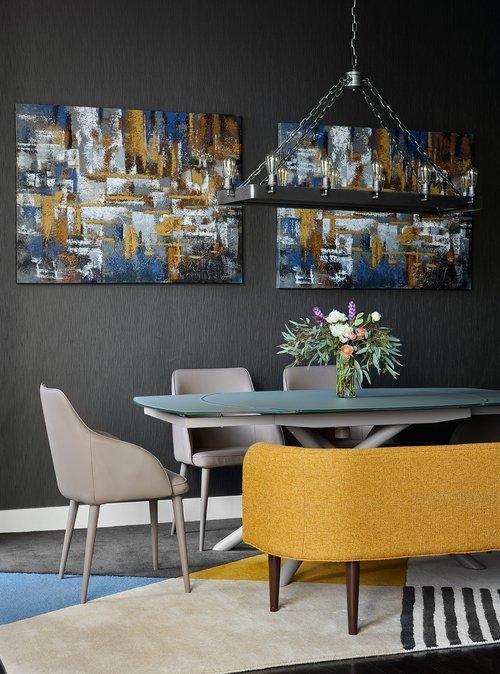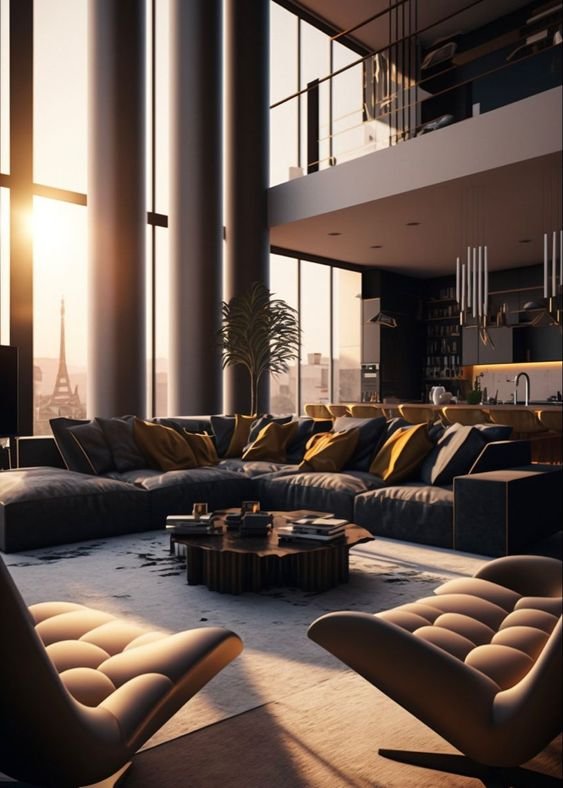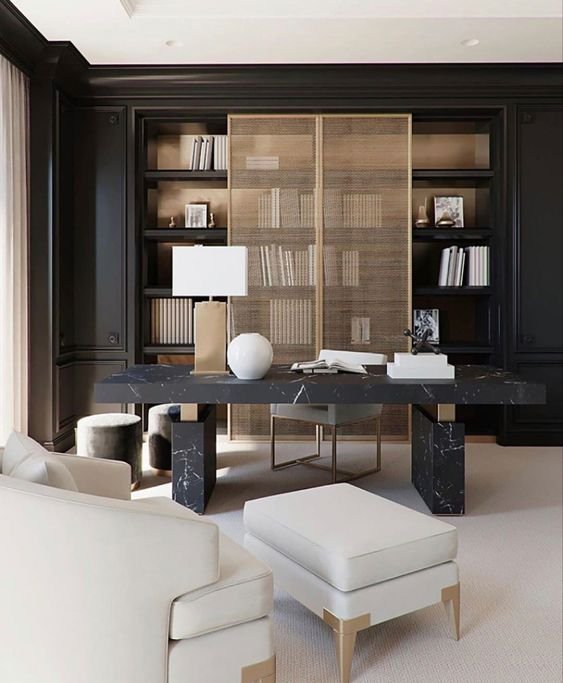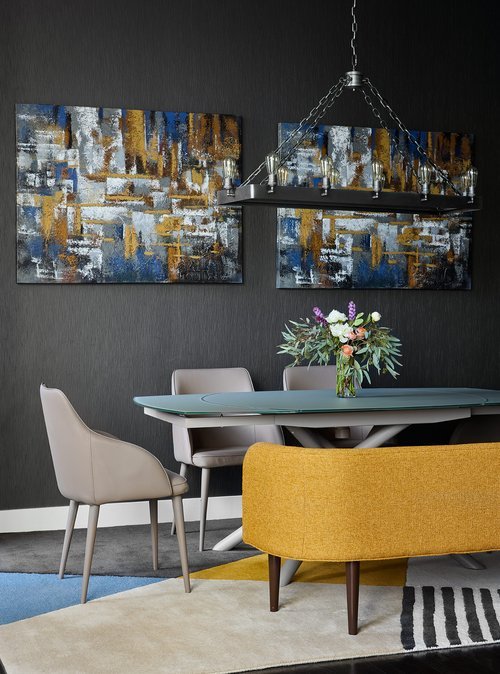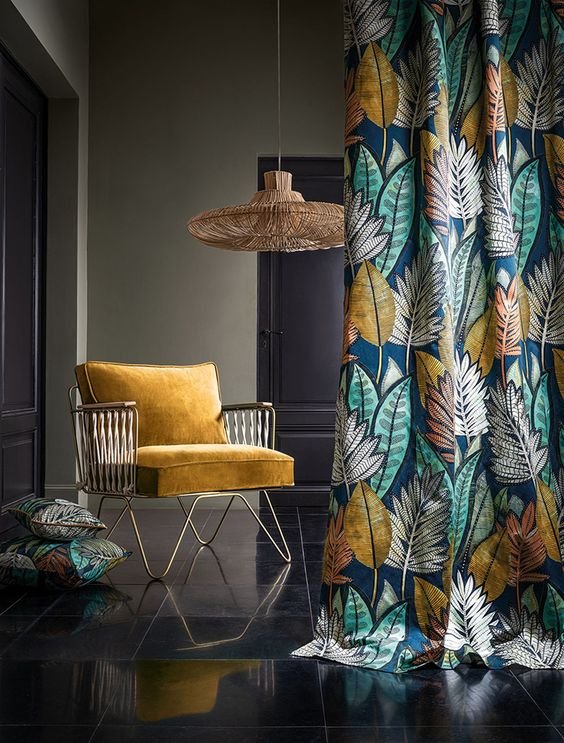Top Interior Design Trends 2024
/We can hardly believe it is almost 2024. This year has flown by and as always, the interior design industry has evolved quickly. As a leading Chicago interior design firm, we have to stay on top of all the changes going on, but certain trends and developments stand out in our mind more than others. Below, we’ve rounded up some of our favorite interior design trends to consider for 2024, all of which we think will last many years to come.
Our Favorite Interior Design Trends 2024
Warm Neutrals
Neutrals continue to be popular in interior design, but instead of cool grays, the new year is ushering in a focus on warmer hues. Creamy beiges, light caramel, and earthy terracotta will take the place of cool, minimalist hues, bringing a soft, warm aesthetic to spaces. These new neutrals will create a cozy, comforting atmosphere while still providing a clean backdrop for bright furniture and accent pieces.
Shades of Blue
On the other end of the color spectrum, we’re going to be seeing a lot of blue in the new year. Blue is more popular than ever, with clients requesting it in every shade – from serene pastel blues to deep navy tones – throughout their homes. According to color psychology, blue brings a sense of calmness to spaces, and we can all use a bit more of that! Take this recent bathroom project we designed, where we used blue tiles for the shower to create a tranquil spa-like space. Whether used as an accent or as the primary color for walls or upholstery, we expect to see a lot more blue in 2024.
Retro Seventies
The spirit of the '70s is making a comeback in interior design. Bold, psychedelic patterns, earthy color palettes, and retro-inspired furnishings are popping up everywhere, but often with a subdued twist to meet modern tastes. In terms of kitchen trends 2024, mustard and olive hues are in full force, as is dark wood – elements that nod to the ‘70s. Our plan in the new year is to blend vintage-inspired pieces with contemporary decor to add create playful, fresh spaces that feel sophisticated.
Curvilinear Furniture
We’re calling it now: 2024 will be the year of flowing curves and artisanal accents. Instead of angular and boxy furniture, curvilinear shapes and organic forms will be taking over. Sofas, chairs, tables, and even architectural elements are embracing soft, curved lines, which not only look beautiful, but are more space-efficient. We also love that curved edges prevent painful run-ins!
3D Shapes
Along the same lines as the last interior design trend, 3D-shaped lighting and decorative objects will be very popular in the next year. Furniture, lighting, and decor items will feature geometric forms brought to life, creating moments of sculptural beauty and intrigue, like this orbital pendant light we used in a recent project. Instead of everything feeling flat and two-dimensional, with spindly legs and 90 degree angles, this trend brings depth, texture, and a sense of movement to modern spaces.
We think 2024 has a lot of promise, with trends that match the growing call for comfort and ease. These trends are a perfect blend of past and present, presenting lots of ways to create stylish spaces that feel personal and liveable. We can’t wait to embrace the new year head on and hope you will join us by using some of these exciting trends at home. Give our Chicago interior designers a call today to schedule a consultation and we’ll help design your dream home in 2024!
PHOTO CREDIT: PINTEREST
PHOTO CREDIT: PINTEREST
PHOTO CREDIT: fireclaytile
PHOTO CREDIT: greg natale



